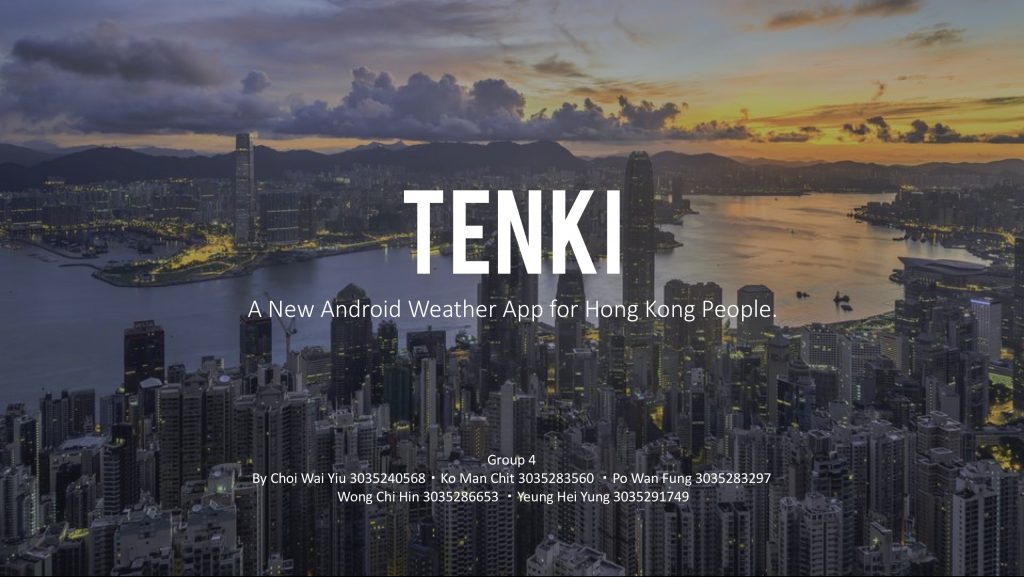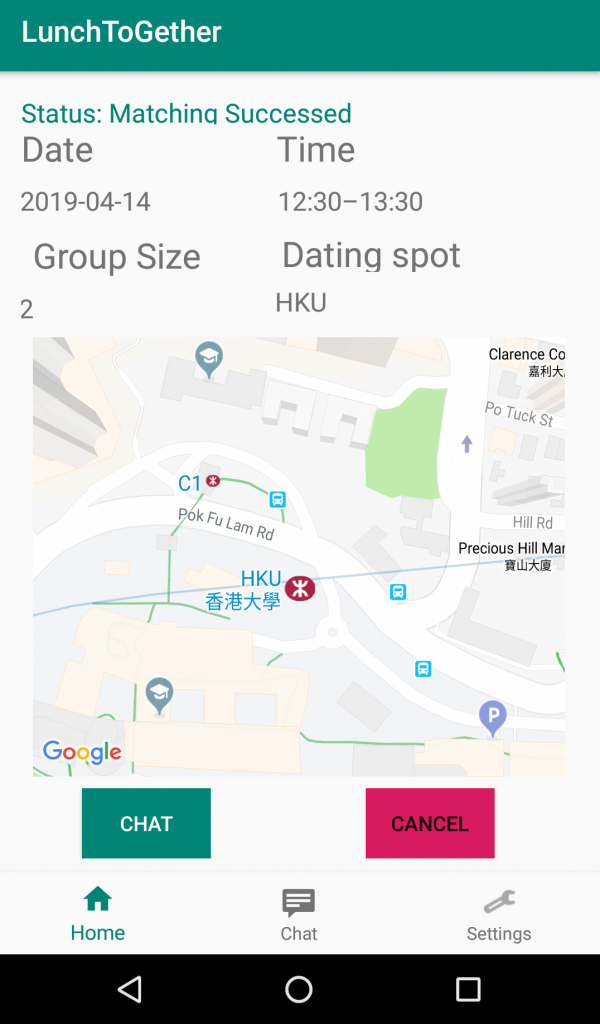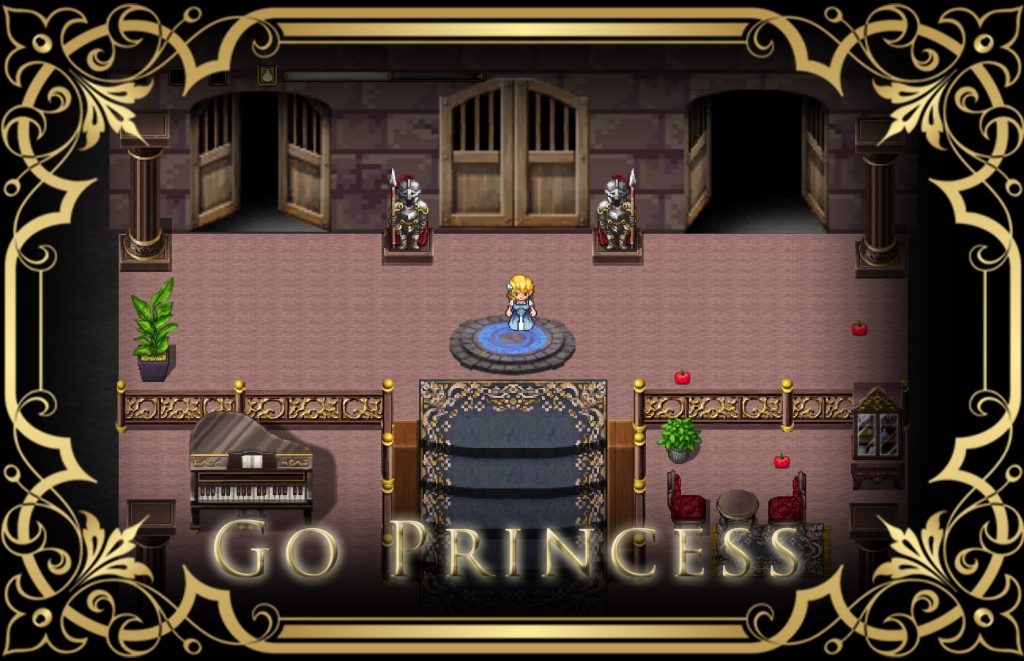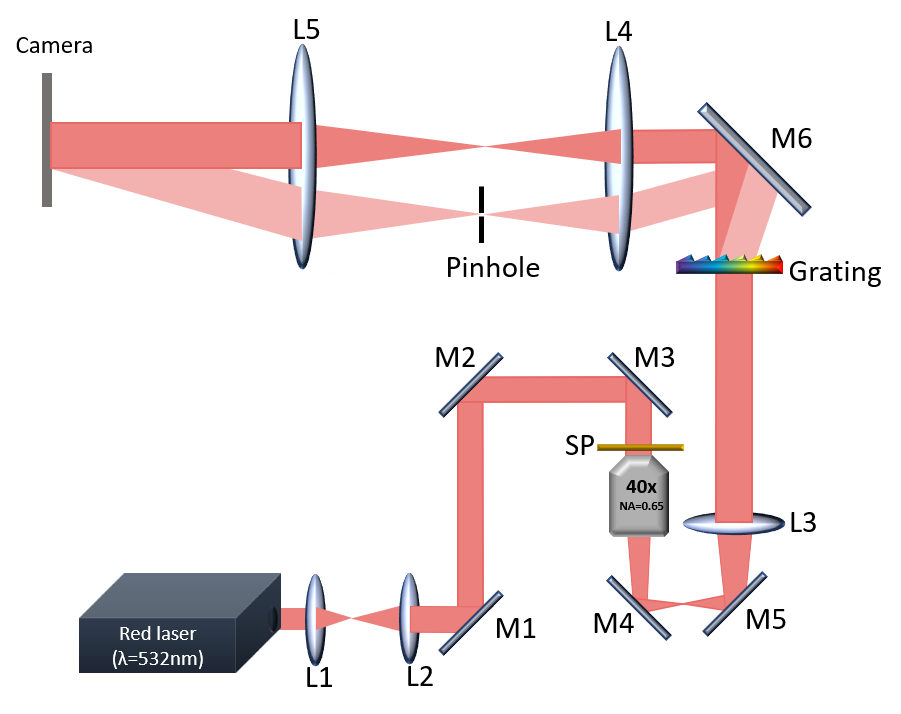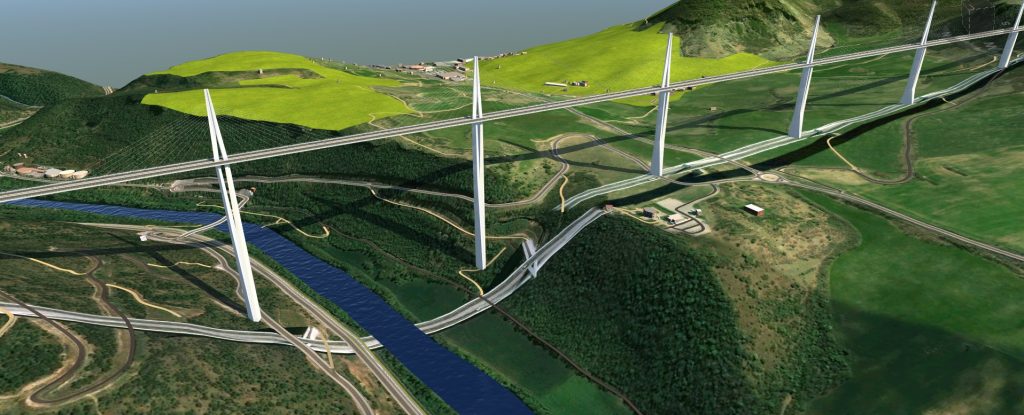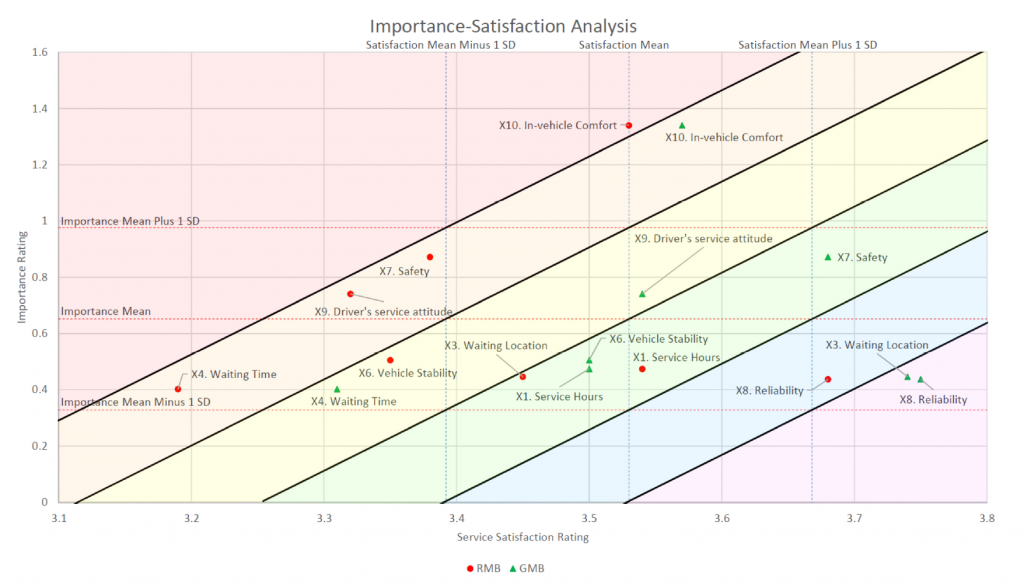Tenki
At Tenki, we hope to delivery accurate local weather data to Hong Kong citizens in minimal manner.
Tenki is a revolutionary weather app. Retrieving its data from Hong Kong Observatory, Tenki provides accurate local weather data to HK citizens. The redesigned minimalistic user interface provides a distinctive and holistic user experience. Users get to access their desired information at their fingertips.
Tenki updates weather information according to users’ location. Users can receive notifications in case of special weather conditions. They can also access to other information such as weather forecast and astronomic data.

